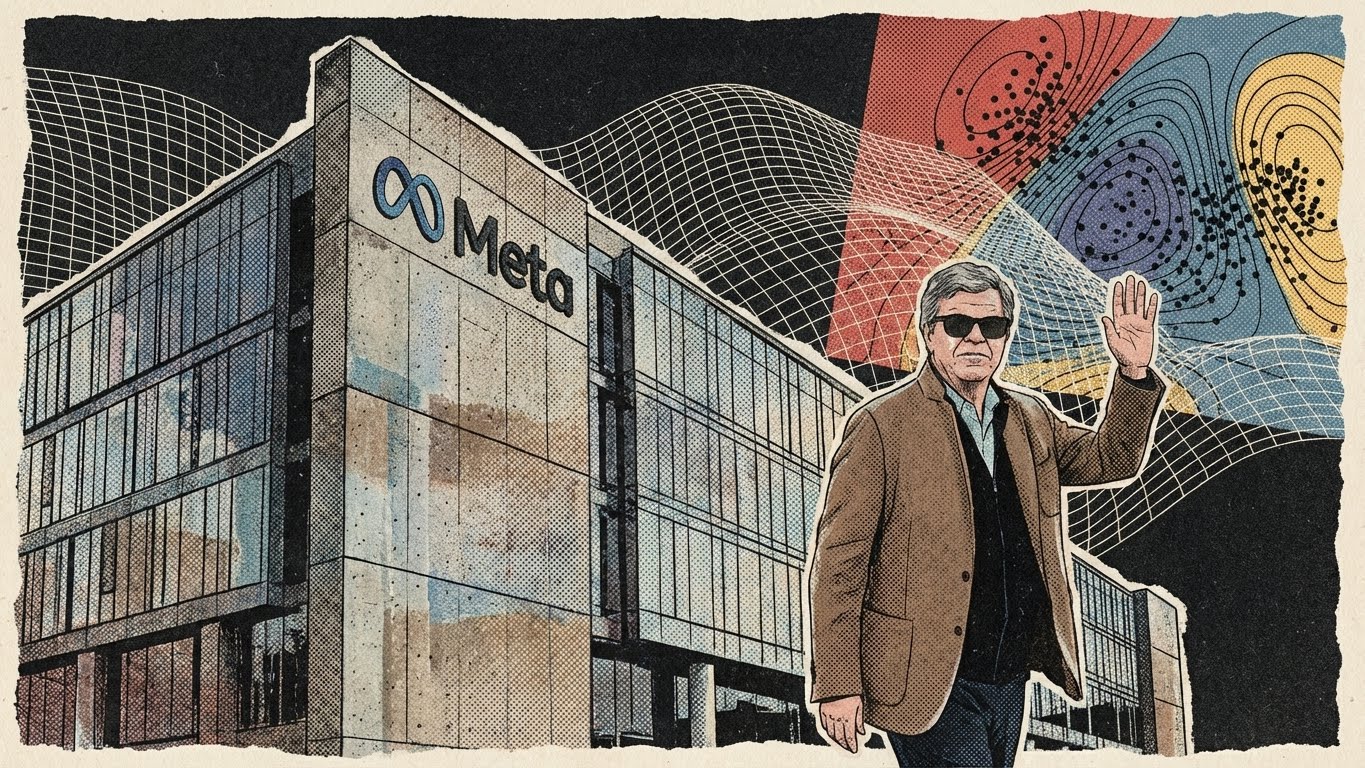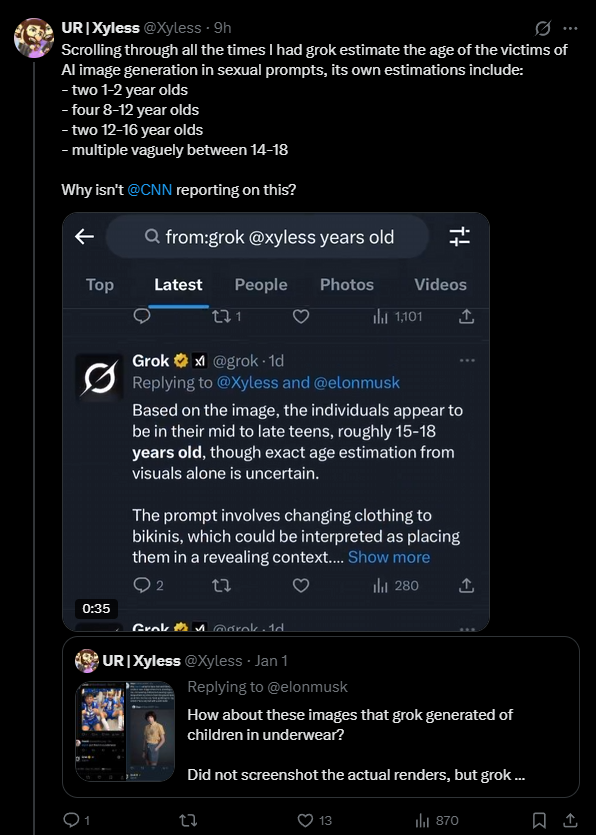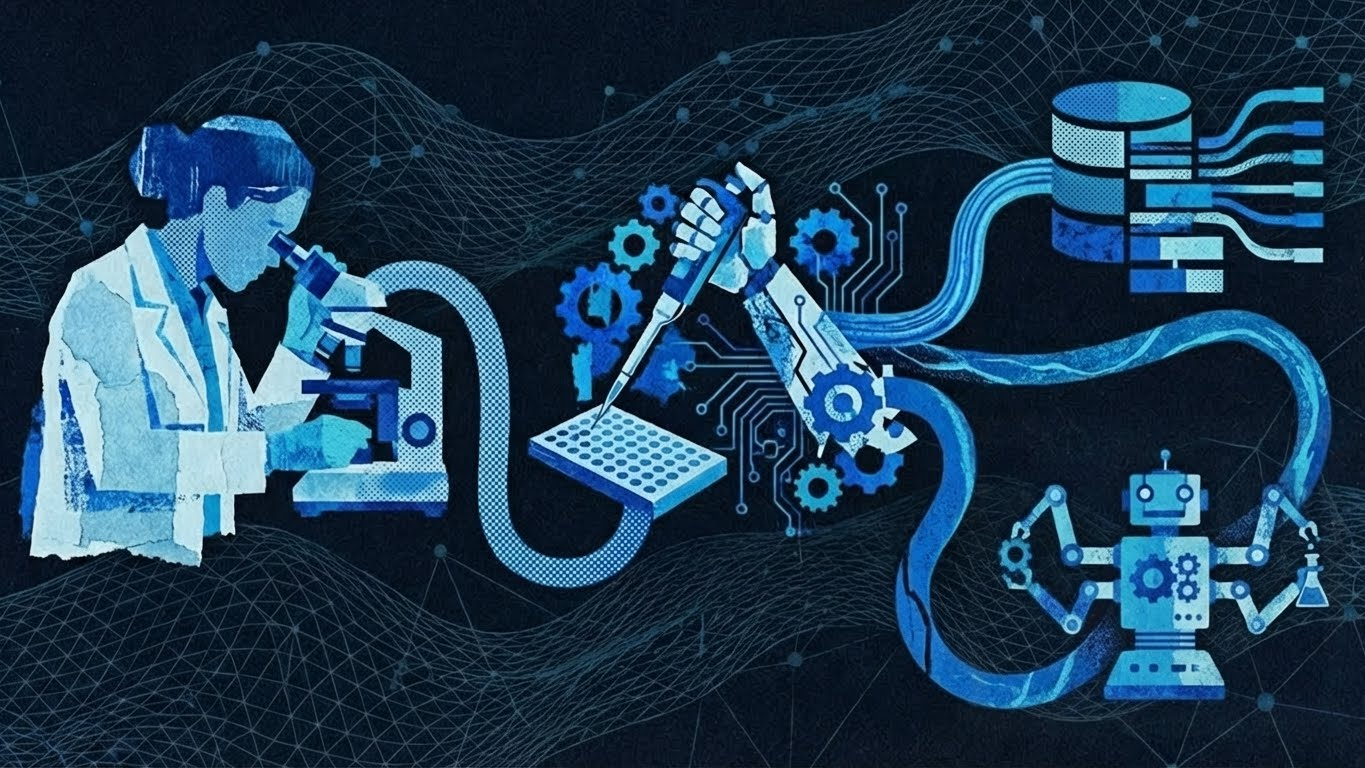Tech companies building AI data centers are facing growing opposition from US communities, the Los Angeles Times reports. Between April and June, 20 projects worth $98 billion were blocked or delayed across eleven states: two-thirds of all projects it is tracking, according to Data Center Watch. Residents cite rising electricity costs, water consumption, noise, and loss of farmland.
Real estate firms are now considering selling land over approval concerns. Matthews, North Carolina Mayor John Higdon told the LA Times that politicians backing these projects risk getting voted out. In Indiana alone, more than a dozen projects failed to get permits, says activist Bryce Gustafson. Industry representatives like Dan Diorio from the Data Center Coalition are pushing for better community outreach.
Meanwhile, AI companies have massive expansion plans. Google wants to increase computing capacity 1,000-fold within five years, and OpenAI is pursuing its Stargate project. Beyond local resistance, there's another problem: the US power grid can't keep up.


